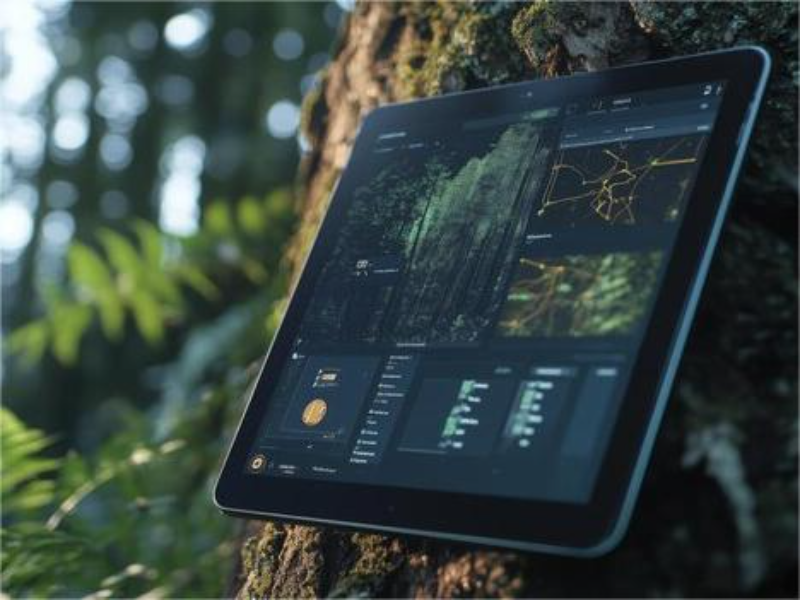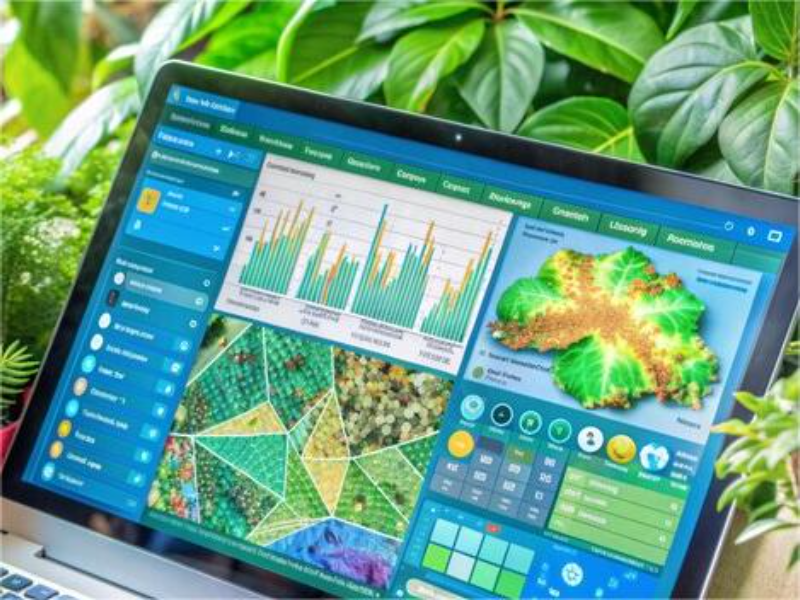- Environmental monitoring in microbiology involves tracking and analysing microbial levels in various environments to ensure safety and quality.
- This practice helps in detecting contamination, maintaining hygiene standards, and ensuring the safety of products and environments.
Environmental monitoring in microbiology is crucial for ensuring the safety and quality of environments where microbes can pose risks. Whether in food production, healthcare settings, or other industries, understanding and controlling microbial levels is essential for maintaining standards and preventing contamination. In this blog, we will explore what environmental monitoring involves, its applications, and its importance in various fields.
What is environmental monitoring
Environmental monitoring in microbiology refers to the systematic process of tracking and analysing microbial populations in different environments. This includes detecting and quantifying microorganisms such as bacteria, fungi, and viruses in air, water, surfaces, and other environmental sources. The primary goal is to identify and control microbial contamination, ensuring that environments and products remain safe and meet regulatory standards.
Also read: 6 roles of IoT in smart cities
Applications of environmental monitoring
Environmental monitoring is used in a variety of settings, each with specific objectives:
- Food industry: In food production facilities, environmental monitoring helps detect harmful microbes that can contaminate food products. Regular sampling of surfaces, equipment, and air helps ensure that hygiene practices are effective and that products are safe for consumption. This process is crucial for preventing foodborne illnesses and maintaining compliance with food safety regulations.
- Healthcare facilities: In hospitals and laboratories, monitoring microbial levels helps prevent infections and maintain a sterile environment. Regular checks of surfaces, air, and water systems ensure that microbial contamination is minimised, protecting patients and staff from potentially harmful pathogens.
- Pharmaceutical manufacturing: Environmental monitoring is essential in pharmaceutical production areas, where contamination can affect product quality and safety. Monitoring clean rooms and production environments helps ensure that manufacturing processes are free from microbial contamination, meeting stringent regulatory requirements.
- Environmental protection: Monitoring natural and industrial environments, such as water bodies and soil, helps track microbial pollution and its impact on ecosystems. This information is valuable for assessing environmental health and implementing remediation measures when necessary.

Importance of environmental monitoring
The importance of environmental monitoring in microbiology can be highlighted through several key aspects:
- Contamination control: Effective monitoring helps detect and control microbial contamination early, preventing outbreaks and ensuring the safety of products and environments.
- Regulatory compliance: Many industries are subject to strict regulations regarding microbial limits. Regular monitoring ensures compliance with these standards, avoiding legal and financial repercussions.
- Quality assurance: In industries like food and pharmaceuticals, maintaining high standards of cleanliness and microbial control is vital for product quality and safety.
- Public health: Environmental monitoring contributes to public health by preventing the spread of infectious diseases and ensuring that environments remain safe and sanitary.
Also read: The power of firmware in IoT devices
Methods of environmental monitoring
Several methods are used for environmental monitoring, including:
- Swabbing and plate culturing: Collecting samples from surfaces and growing microorganisms on agar plates to identify and quantify microbial contamination.
- Air sampling: Using air samplers to capture and analyse airborne microorganisms in various environments.
- Water testing: Analysing water samples for microbial contamination using techniques such as filtration and membrane detection.
- Automated monitoring systems: Employing sensors and automated systems to continuously monitor microbial levels and provide real-time data.

